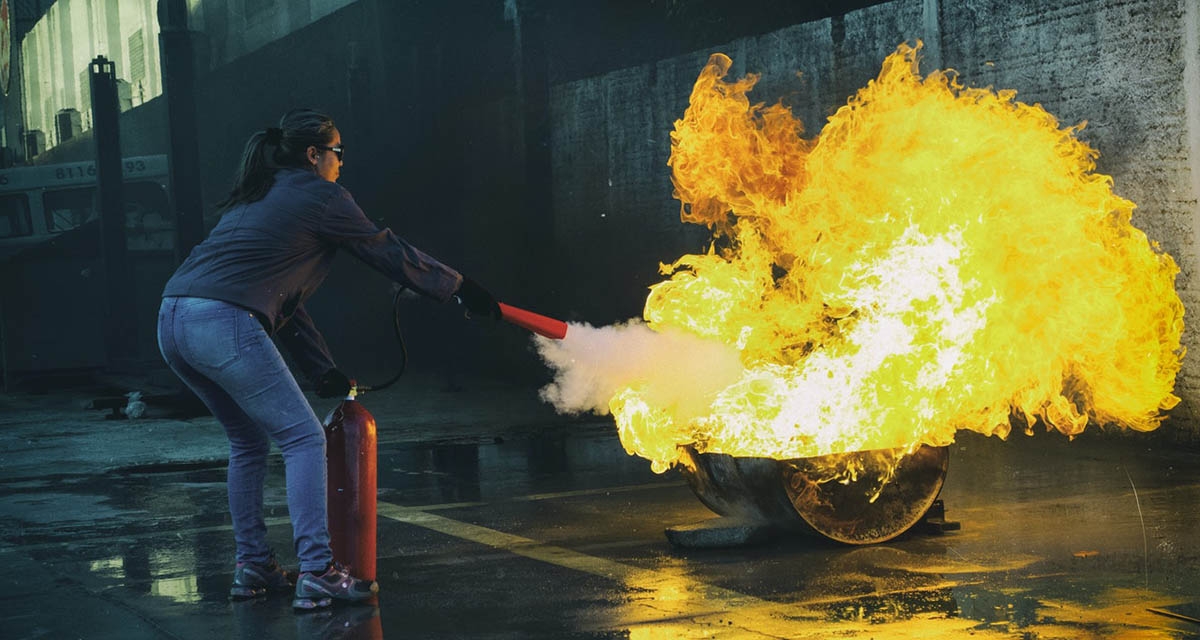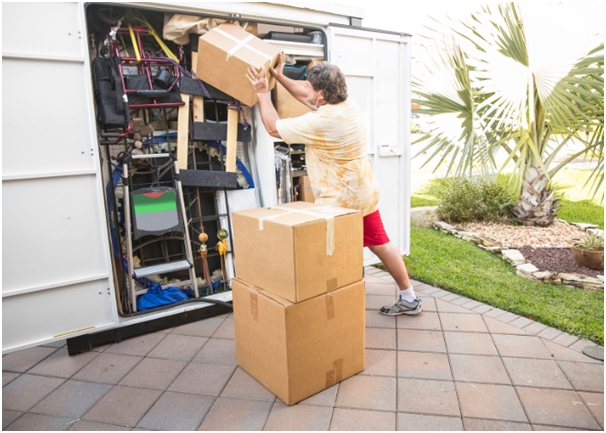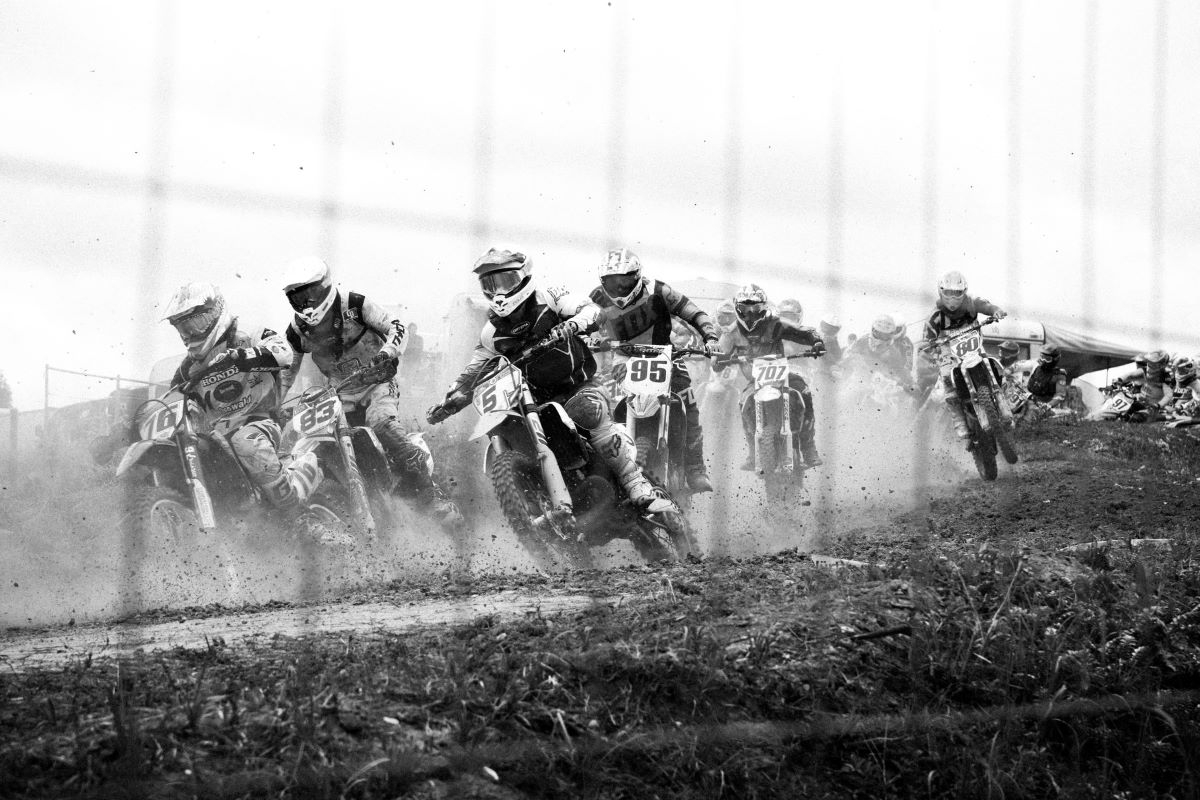
What are ABC rated fire extinguishers?
Most residences and commercial spaces rely on an ABC rated fire extinguisher. These extinguishers protect from most common fires, including those started by combustible items, flammable liquids, and electricity. If you have each of these potential hazards in a space, you should make sure that you use an ABC fire extinguisher and not simply water or a more specialized extinguisher. These fire extinguishers are designed to deal with the specific hazards while keeping you safe during use.
Storing Your Fire Extinguishers
Every building that has flammable material such as paper, wood, or cloth, or which has the potential for an electric fire should have at least one ABC extinguisher in it. These extinguishers can usually be mounted on a wall, but areas that have high foot traffic should consider using cabinets to secure a portable extinguisher. Fire extinguisher cabinets have the benefit of sitting flush with a wall and protect the extinguisher from bumps that might damage it. This is extremely important, since the last thing you want when trying to put out a fire is to have the extinguisher malfunction. Fire extinguishers stored in cabinets are more likely to function correctly and save lives.
Fires by Class
Fire extinguishers of the ABC class work on three different types of blazes. Class A fires occur when cloth, wood, paper, or another flammable material ignites. Simple water is often enough to put out these fires, and the chemical used in an ABC fire extinguisher puts the flame out fast. Class B fires involve flammable liquids such as oil and gas. When using an extinguisher to put these fires out, you should first make sure that the fuel source is turned off. Otherwise, the fire will keep burning. Finally, Class C fires involve electrical equipment. Electrical fires can’t be extinguished using water or other conducive liquids. The chemical composition of an ABC fire extinguisher is not conducive to electricity, allowing the user to extinguish the flame safely.
Other Types of Fires
With an ABC extinguisher, your fire extinguisher box has the capability of fighting the three most common types of fire. This does not, however, cover all types of fires. You should know whether your building is at risk of type D or type K fires, as those require specialty extinguishers to put out. Type D flames involve metal fires, and are often found in industrial or manufacturing areas. Class K fires are fueled by oils and liquids related to cooking, such as animal fats and vegetable oil. Using an ABC extinguished on these fires can cause a splash that spreads the fire around rather than putting it out. In such cases type K extinguishers smother the flames instead. It is important to have the right tool for the job.
ABC fire extinguishers represent the standard for most residences and many commercial buildings. By knowing their uses and limitations, you can ensure that yours is ready to go when there is a fire and that you use the right extinguisher to put out the right blaze.
Photo: Levi Damasceno, Pexels













